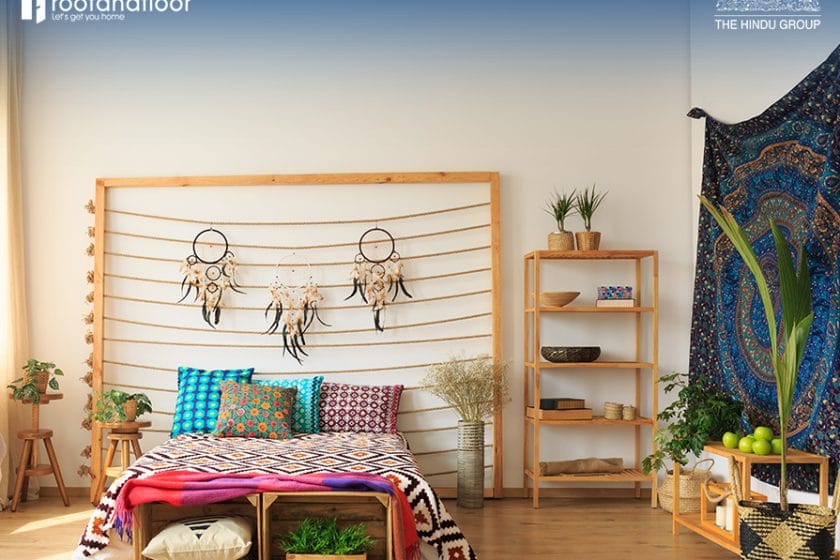More and more of the things we use and interact with, in our everyday lives are now being found to be unhealthy and unsustainable to produce.
Take for example our cozy and reassuring bedrooms.
Did you know that there’s enough evidence confirming that many products we use in our bedrooms are harmful to our health?
And it’s scary that the majority of bed linen and mattresses available today are full of toxic residues.
Find out how the top 7 products to make your living space a healthy one.
Organic bedsheets
Conventional bed sheets are made from traditional cotton.
To protect the cotton plant from pests, often harmful chemical pesticides are sprayed on to them. With time, the pesticides don’t really dissipate, and neither is there any way of cleaning the cotton. In fact, the residues of pesticides remain even as they are made into sheets. And that’s why it’s terrible for us to be sleeping in them.

Not just that, these sheets are once again chemically treated with hard chemicals like formaldehyde to acquire fire-retarding properties.
With harsh chemicals like these in your bedding, it’s not surprising to find people experiencing allergies, itchiness of the or strange headaches.
So what do you do?
For starters, look for bedding made from organic cotton. Thankfully, organic cotton is plentiful and highly renewable. Also, you want to ensure that the sheets are treated without chemical dyes.
Guess what? Organic wool works wonders too. Some studies have even shown that people who sleep on wool sleep better. That’s because wool regulates the body temperature to satisfactory levels and absorbs any sweat as well.
Organic mattresses
Like sheets, organic mattresses are produced using organic cotton and wool or Biofoam. And they have no pesticide residues.
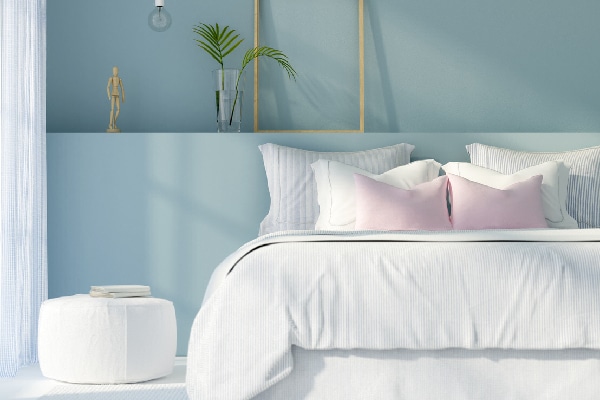
While most conventional mattresses are chemically treated to acquire fire-resisting properties, organic mattresses aren’t prone to burning as the wool fill naturally stops the fire.
Natural pillows
How many times have you woken up with a stiff neck, feeling sore?
It’s terrible right?
A lousy pillow could wreck your day. So, you have to be careful about the pillows you pick to sleep on. But you need not worry; natural pillows are available in various densities, including soft, medium, firm, and extra firm.
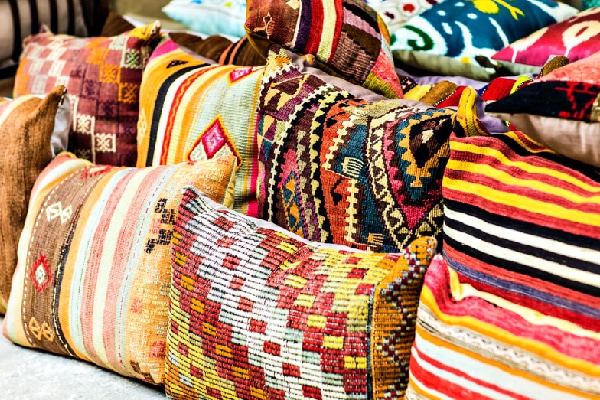
They are made from organic materials like organic cotton, natural latex, rubber, wool, hemp or horse hair.
Non-toxic interior paints
If you’ve read about eco-friendly interior paints, you already understand that wall paints contain VOCs – volatile organic compounds.
What chemicals do VOCs contain?
Well, they include compounds like benzene and methylene chloride, which may cause cancer. Also, when your home is full of VOC-rich air, you’re likely to experience frequent headaches and respiratory disorders like asthma and allergies.
Eco-friendly paints are way better although not quite as perfect yet. They are produced from plant resins and mineral pigments.
We recommend using them. They serve as an excellent alternative to conventional paints – not only helpful for the planet but also good for your health.
Eco-friendly flooring and tiling
Just as with paints, flooring also impacts indoor air quality.
Flooring made of wood and eco-friendly materials like cork assist in keeping the air cleaner. Also, wood is known to be hypoallergenic, so you will perhaps never face any kind of allergies with wooden flooring.

Wooden flooring produced from reclaimed wood is highly sustainable too. Among other eco-friendly flooring choices, you could pick from cork, linoleum or even rubber.
House plants
It’s not only your paints and floors that emit harmful compounds but your home furnishings, upholstery, and synthetic building materials are responsible for indoor air pollution as well. A proactive way to curb indoor air pollution is to bring home some air-purifying house plants.
These plants low-maintenance, which means you won’t have to spend a lot of time taking care of them.
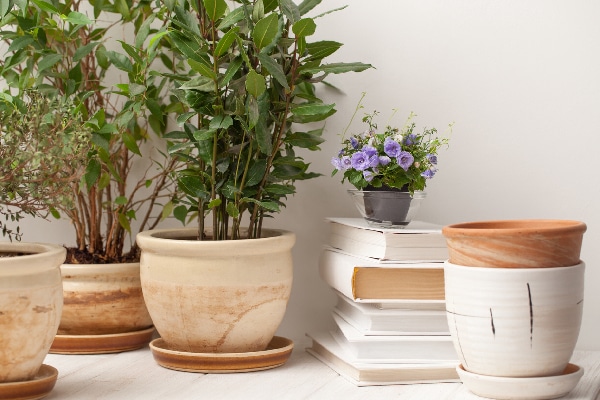
Place them in the corner of your bedroom (perhaps near the window) and let them do their work. Some fantastic air purifying house plants include Aloe Vera, Boston Ferns, and Snake Plant.
Calming scents
Aromatherapy can help you relax, and now you can make your aroma blends at home too!
Standard air fresheners or aerosol sprays are very convenient for such use. But what you may not know is that the process of manufacturing them isn’t environmentally sustainable.
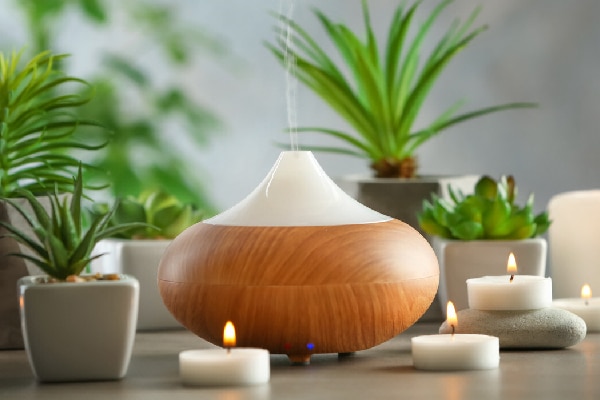
Moreover, aerosols also affect your indoor air quality.
Instead, you could mix oils like lavender and chamomile with water and use a spray bottle to spray them not only on linens but across the room too.

